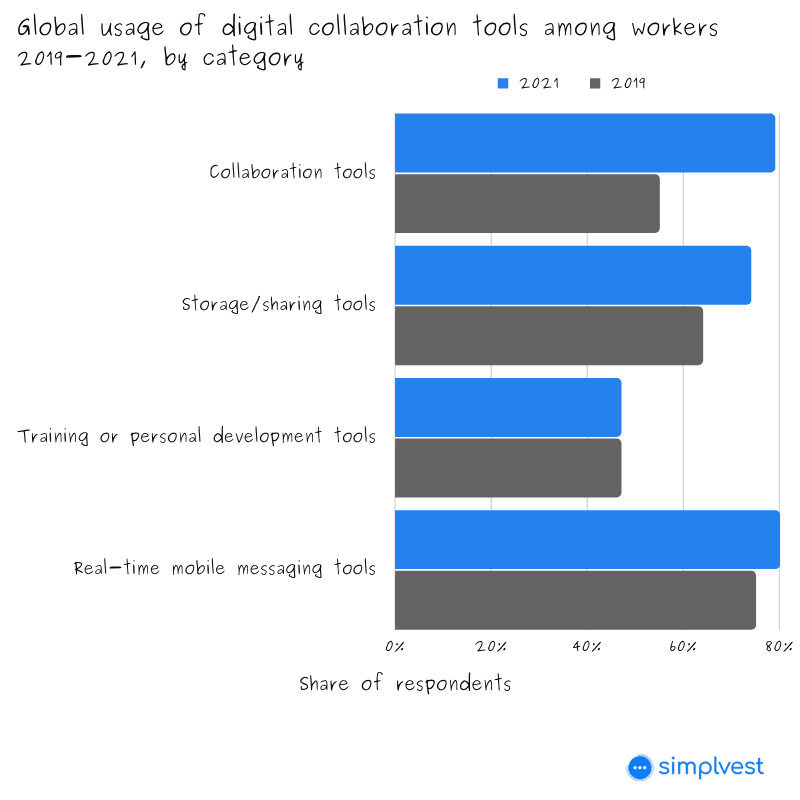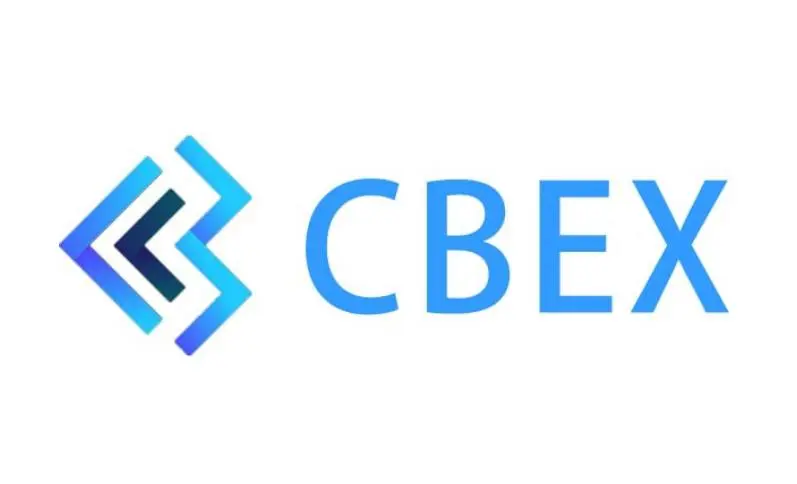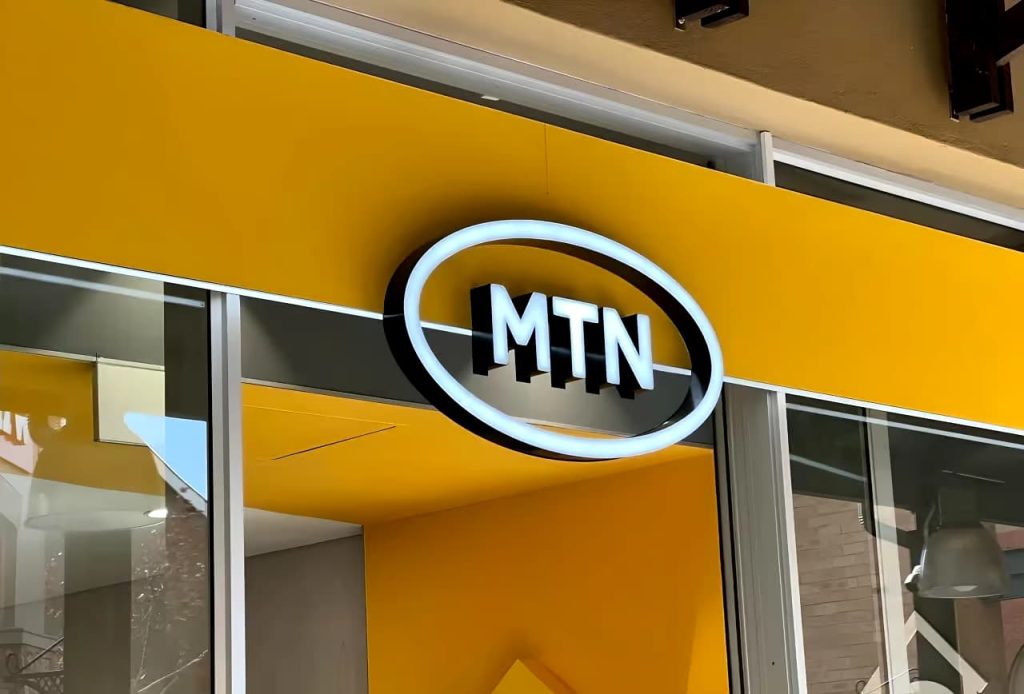If you make more than $100k per year you should have a Virtual Assistant.
— Rohun ⛳️ (@RohunJauhar) February 18, 2022
If you don't, you're wasting your time on stuff that doesn't matter.
When your business or personal workload requires you to begin delegating, you are often left with 2 crucial questions, when considering a virtual assistant:
- How do you maintain the security and confidentiality of your personal information?
- How do you get high-quality delivery with minimal supervision?
Look no further than Moroti, an experienced Virtual Assistant (VA) who has managed clients across four continents. She has generously shared the essential tools you need to stay ahead and succeed in your professional and personal life. Read on to discover the tools that can change the game for you.

Security and Confidentiality
You can protect your private information with apps like LastPass, Dashlane, and 1password. These apps allow you to securely save sensitive data, such as passwords and credit card information, without revealing the actual details. The free options in LastPass and Dashlane allow you to share passwords with your virtual assistant without disclosing them. The apps also offer an autosave feature for frequently used details such as addresses, making it easier for your VA to complete tasks without disturbing you.
Communication
The success of having a VA depends on communication, and location and time differences should be considered. Tools like Google Workspace, Microsoft Teams, Slack, Flock, and Chanty can help with communication. They offer chat, audio, and video capabilities, allowing for real-time collaboration and file sharing. These tools can also organize communications into distinct categories for easy reference. It’s recommended to have at least two communication methods available.
Tracker, Evaluation and Performance Review
There are now tools available for managers to track the time and performance of their virtual assistants. Time Doctor is a popular option, allowing you to track time spent on work, evaluate productivity, and integrate with management and payment tools (e.g. Wise, PayPal). Other tools like Toggl, Clockify and Harvest offer similar features for freelancers. These tools can help with scheduling, estimating project scope and costs, and generating reports for attendance and usage.
Time Management and Scheduling
Effective time management is crucial and there are several tools available to assist in working effectively with a VA. Doodle is a helpful tool for scheduling by automatically scanning connected calendars to identify open meeting dates. It can also send reminders and share availability with clients or VAs. WorldTime Buddy aids in comparing different time zones, especially useful when your VA is in a different time zone.
Calendly allows for the creation of available time slots with different categories for physical or virtual meetings and offers a link for others to choose a suitable time.
Payments
PayPal is a commonly used tool that allows payment with just an email address. Payoneer is also a good payment option. For making online purchases, some sites like Amazon allow business accounts to share payment methods. Otherwise, you can save your credit card details on LastPass or any password manager, and only the last 4 digits will be visible to the user.
File Sharing & Document Manager
Google Workspace, Dropbox, and Huddle are popular tools that allow you to store and collaborate on files in the cloud. Huddle also allows for easy communication with comment streams for each document. For document signing, there are several tools such as Docusign, Hellosign, and Eversign that make it simple to sign and share documents in real-time online.
In conclusion, mastering the essential tools for working with virtual assistants is critical for staying on top. Clients should take the time to learn and become familiar with the various communication, tracking, payment, and document management tools available to them. While having an efficient VA is essential, being an efficient client can make all the difference. By leveraging the power of these tools, clients can stay organized, productive, and successful in their virtual working relationships.












